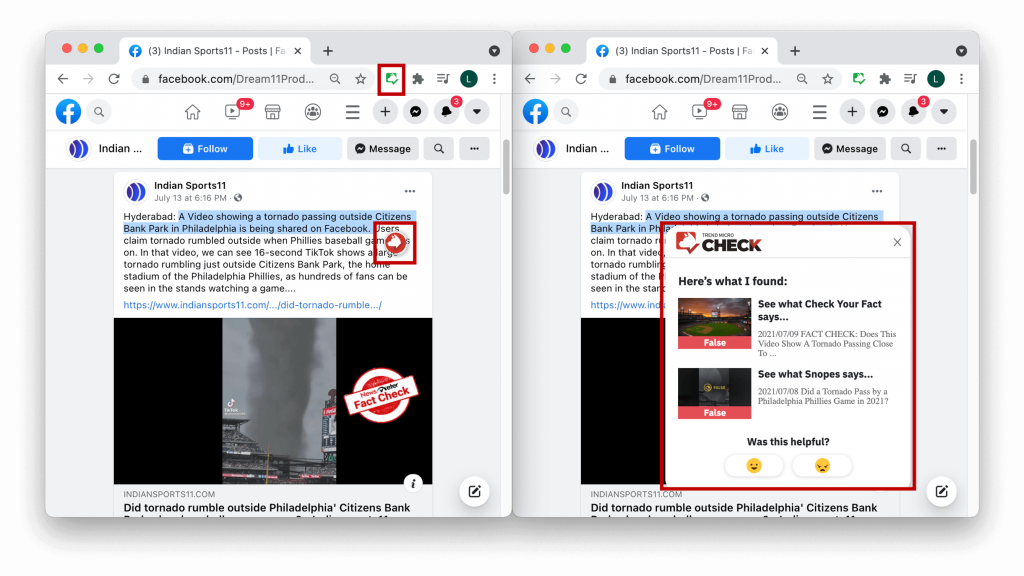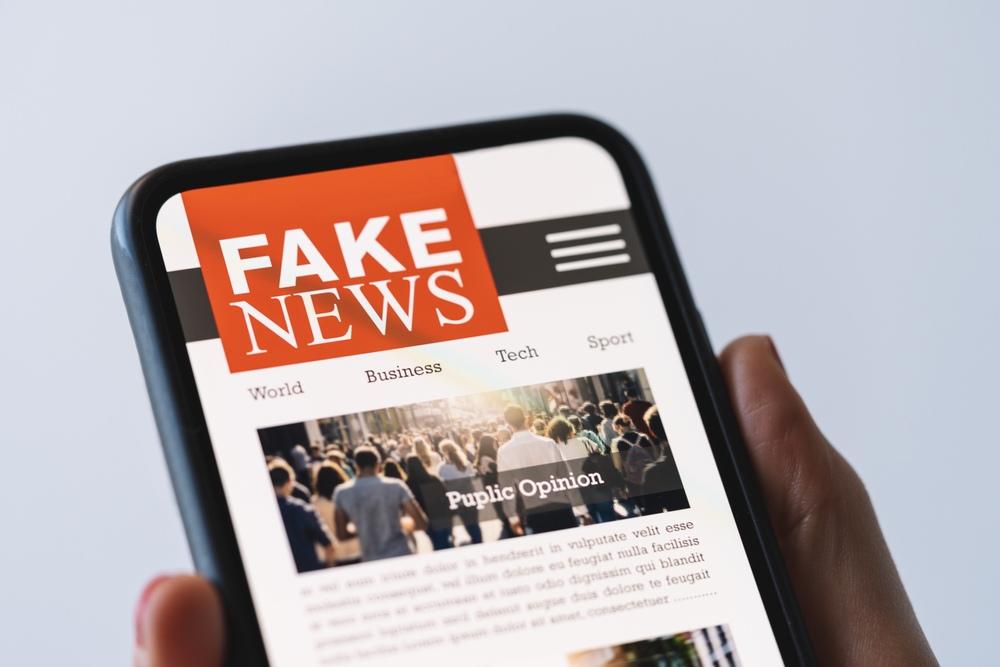The moniker of fake news has been utilized in numerous circles recently, including within government, press and cybersecurity, but this concept actually dates back far beyond the past year. Intentionally misleading propaganda materials have been a linchpin of communication for years, particularly during times of political or economic turmoil. And as technology continues to advance, so too do the strategies in which malicious actors utilize to spread this type of misinformation.
But how, exactly, as these pursuits supported within the current technological environment? And what kinds of risks does fake news present to individuals and businesses at large? Now that this concept has garnered so much attention across the globe, it’s time to take a closer look at the inner workings of fake news.
Fake News before Facebook
When one thinks of “fake news,” the first images that may spring to mind include social media posts and links to articles designed to incite a specific point of view, and spark conversation among users – whether the information included there is true or not. However, as Trend Micro noted in its Forward-Looking Threat Research Paper, “The Fake News Machine: How Propagandists Abuse the Internet and Manipulate the Public,” publications created to mislead the public were being circulated long before social media.
“The internet is only the latest communications technology used to spread propaganda,” Trend Micro researchers noted. “It allows a small number of individuals to influence and manipulate the opinions of a larger audience. In addition, the targeting and crowd dynamics created by social media allows for ideas – true or otherwise – to spread faster than ever before.”
Supporting Fake News: The Triangle

However, social media is only one piece of the puzzle here. Overall, in order for fake news to successfully reach its audience and shift the general opinion in the desired way, it requires three parts:
- Motivation: Fake news is created with a specific purpose in mind – to sway the minds of readers in specific direction that aligns with the publishing party’s objective. As Trend Micro pointed out, this pursuit is typically supported by information and claims that go beyond simply being biased – including details that are often completely non-existent, fabricated in a way that will attract a reader’s attention.
- Dissemination services: While social media has become a preferred way to spread misinformation, it isn’t the only strategy being employed. Social media can fall short in several areas, creating a need for more legitimate advertising support. Gray market services have sprung up to fill this gap, enabling fake news to be better promoted and reach a wider audience. As researchers explain, these services often charge a specific amount in exchange for a set number of actions or manipulations via social media. Some even have the ability to guarantee engagement among human users as opposed to bots. Besides just circulation, certain services also include the creation of the fake stories themselves, as well as manipulation of the comments section following the story. In this way, the misinformation extends beyond just the details of the fake news – readers are being swayed in the subsequent discussion of the “news” as well.
- Social media: These social sites provide the foundation for fake news, enabling publishers to quickly and easily connect with a large number of readers. As Trend Micro pointed out, the above described dissemination services hinge upon social media access to spread fake news to readers. “[I]n the context of social media and the internet [fake news] campaigns rely on three different components to be successful,” Trend Micro noted. “We’ll call this concept the fake news triangle. The absence of any one of the three factors will make the spread of fake news more difficult, if not impossible.”
A Closer Look: Driving Motivations
Before online services can be used to spread fake news via social media and other attention-garnering platforms, publishers must have a specific motivation in mind for their efforts. What types of factors can encourage fake news? Let’s take a look:
- Political: In this current landscape, political motivations reign supreme as a driving force behind today’s fake news. These pieces are created specifically to incite a change in an individual’s political opinion, and align with a certain political agenda which may or not be controversial.
- Financial: Fake news can also be financially motivated, and such is often the case with advertising to spur traffic to a misinformation-spreading site. One clear example here is Infowars.com, a website known for publishing details about conspiracy theories. Because the site has nearly the same presence as the Chicago Tribune thanks to a high number of pageviews and overall visits, Infowars.com profits significantly from on-site advertisements.
- Data leaks for character assassination: Fake news can also be used to skew the public opinion of a well-known individual or political figure. These types of fake news initiatives can also overlap with political motivations, as was the case with the Democratic National Committee email leak of 2016. As Trend Micro noted, leaked data was so severe, that several party members subsequently resigned. “The popular perception of politicians as dishonest people makes leaking emails and other sensitive documents from politicians quite effective,” Trend Micro stated.
Fake News in the Real World: A Financial Market Case Study
The reach of fake news in the current landscape is considerable. While best known in political circles, misinformation can impact nearly every industry vertical, as demonstrated by a recent case in the financial service industry.
Business Insider contributor Chris Versace reported that in one instance, a single writer utilized several pseudonyms to publish articles on stock market insights website. While the site itself uses a network of contributors to research and report on selected stocks, there is the potential for misuse and misinformation which could have far-reaching effects in the marketplace.
“The inherent risk, however, is contributors are out there looking for opportunities to make money for themselves or for their clients by buying or shorting stocks,” Versace pointed out.
Lessening the Impact of Fake News
Overall, misinformation published and circulated with the expressed goal of swaying readers can have damaging effects for organizations in every circle. Thankfully, though, governing groups and other officials are taking steps to help reduce the power of this misleading content. Social networking and other sites like Google are working to include features to help readers better fact check.
This responsibility isn’t just up to the platforms where news is published, however. Individual readers should also take steps to identify fake news, including looking out for characteristics like clickbait headlines, suspicious domain names, a lack of publication time or date, and a lack of cited sources.
Fake news has created considerable problems for readers and businesses, but it doesn’t have to. To find out more, check out Trend Micro’s forward-looking Threat research paper.
Combat Misinformation with Trend Micro Check
When sharing information online, please make sure you know it’s genuine! You can use Trend Micro Check to search for the information you need to combat fake news and misinformation.
1. With the Trend Micro Check browser extension pinned, you can fact-check with ease – select a paragraph or a statement and click on the red Trend Micro Check logo for immediate detection results:

2. Trend Micro Check on WhatsApp:
Copy-paste a statement or send Trend Micro Check questions directly to help you search for related news you need to tell what is true:

